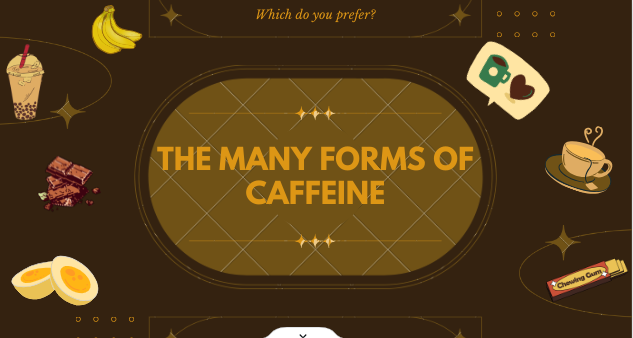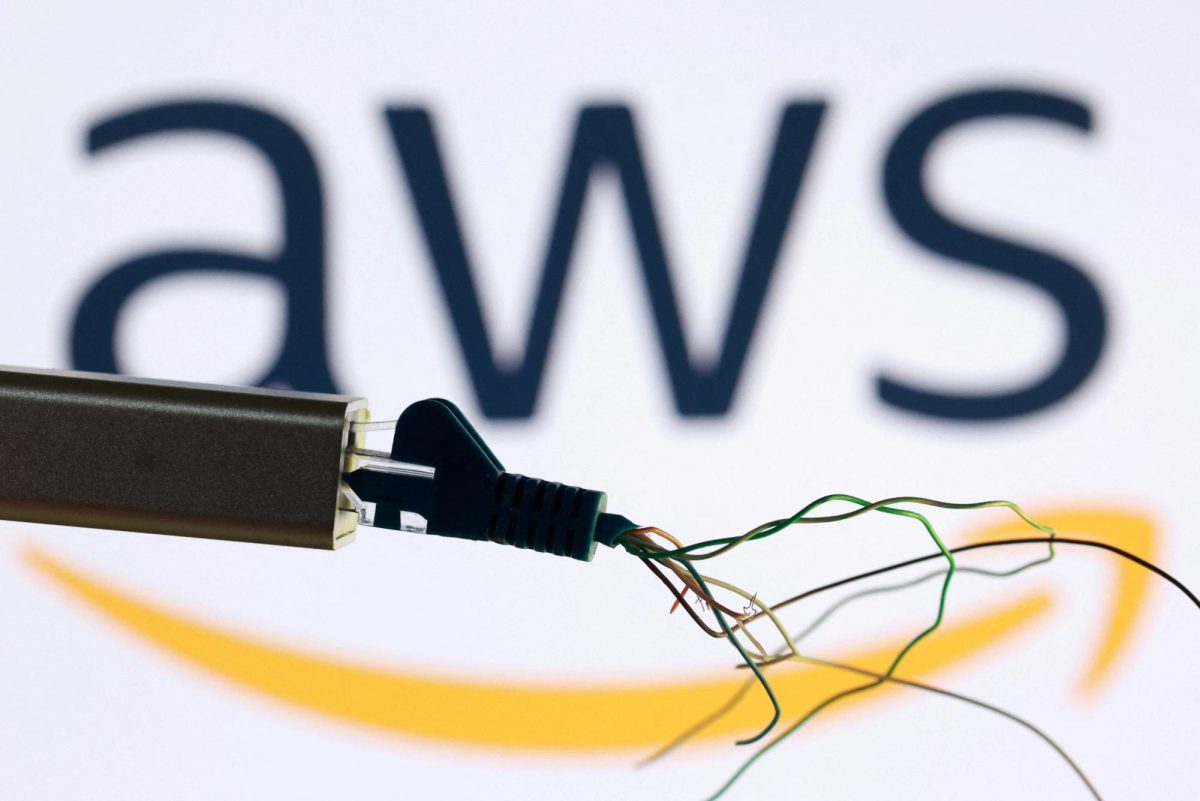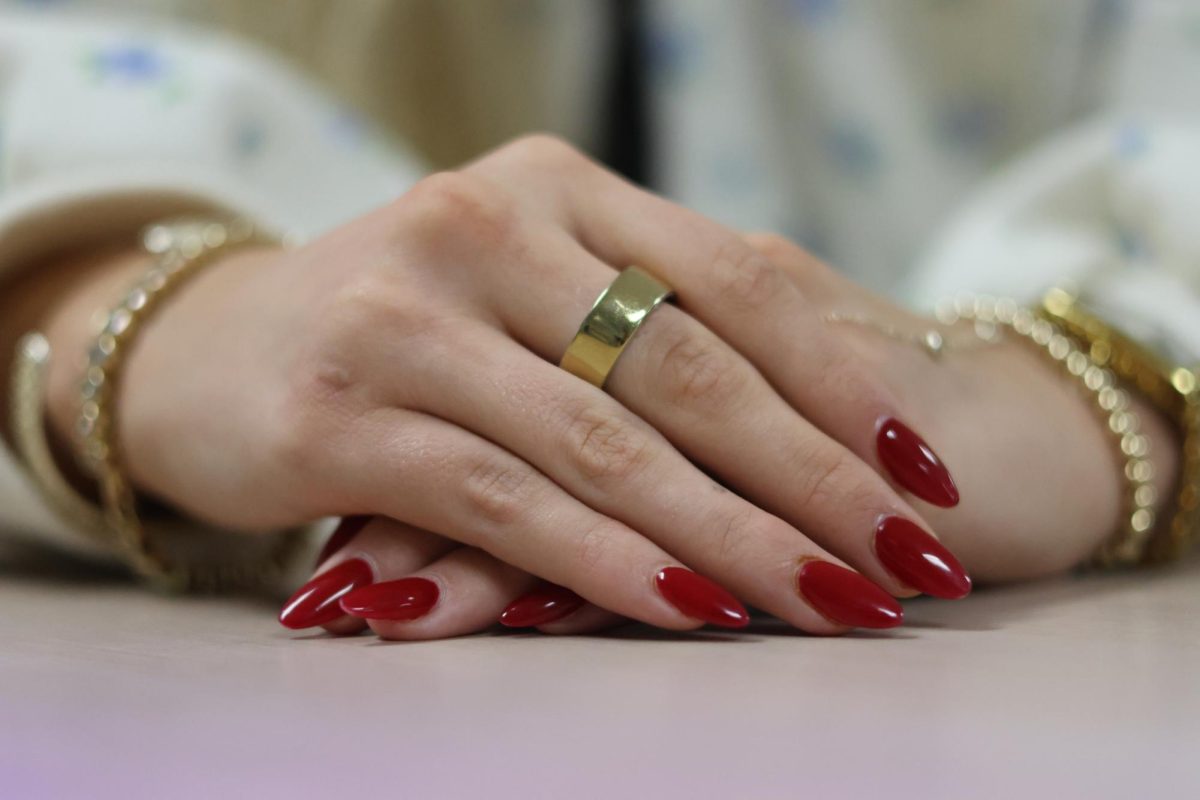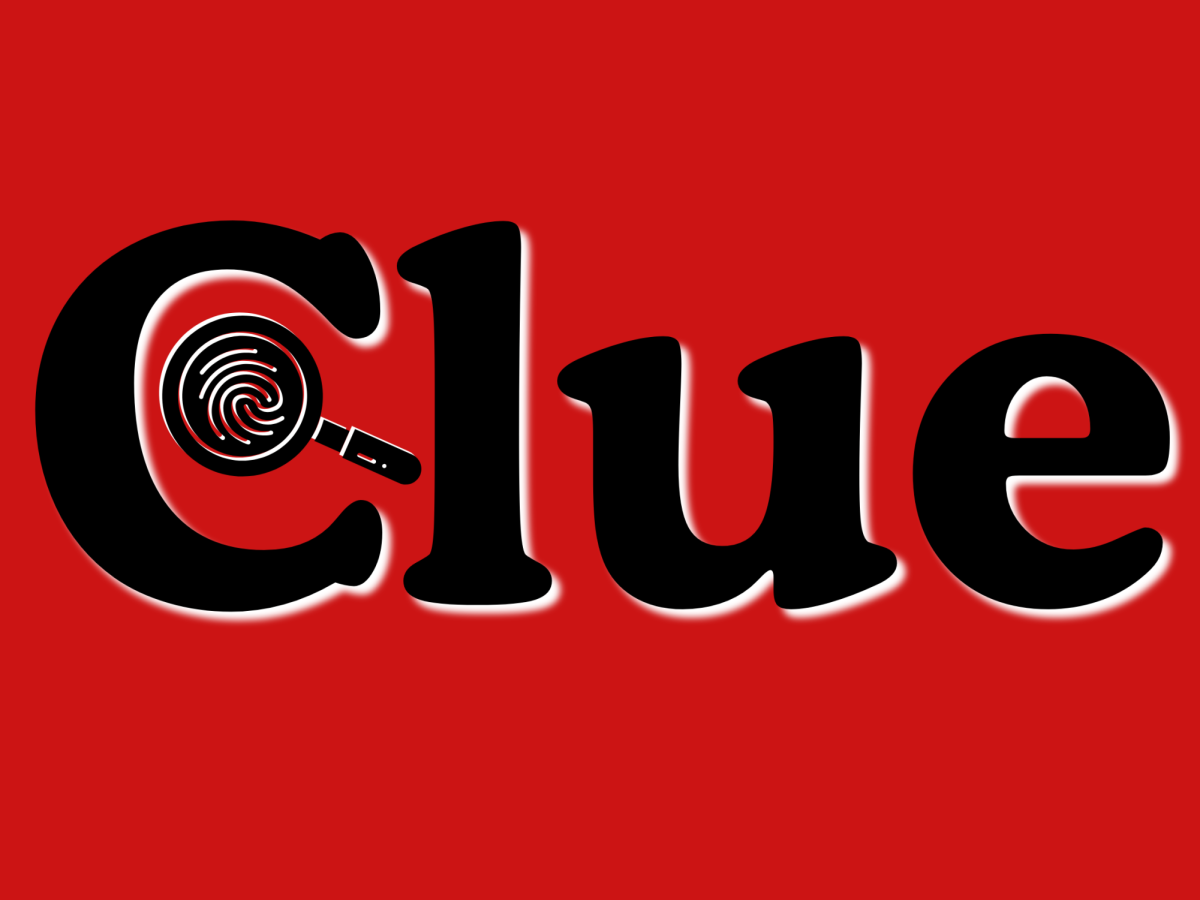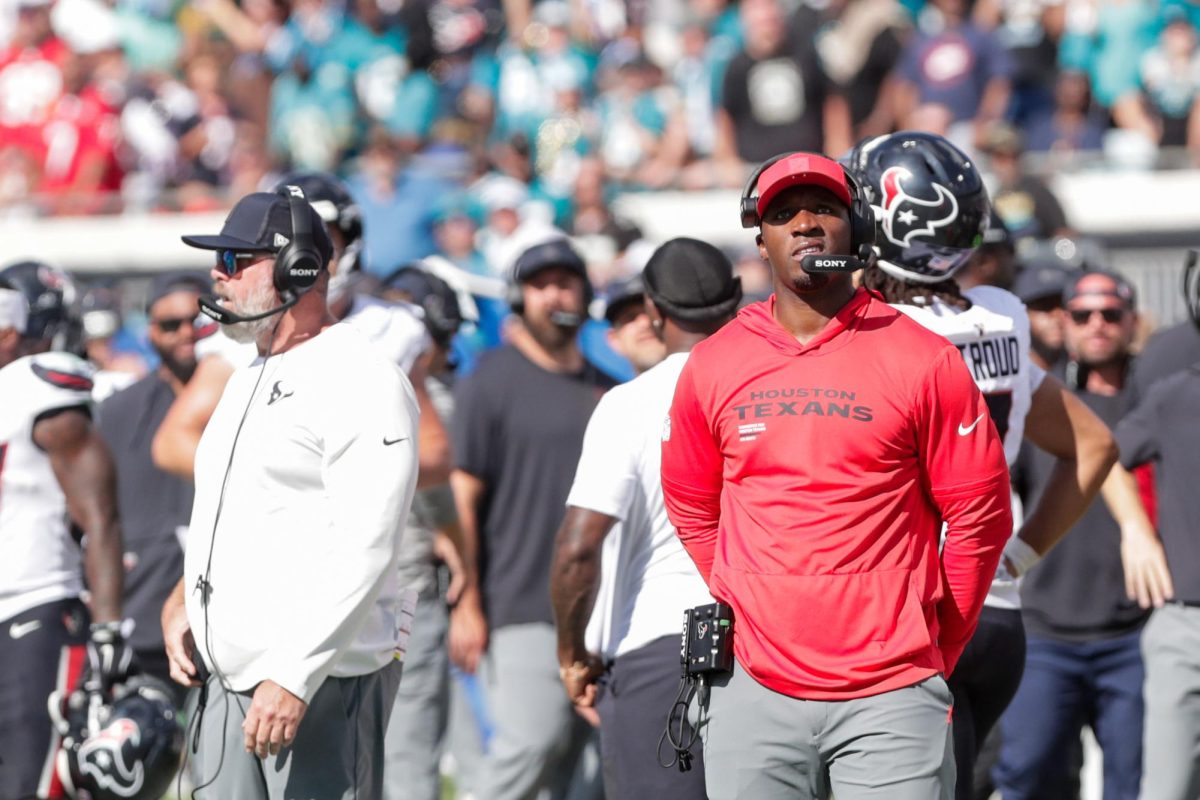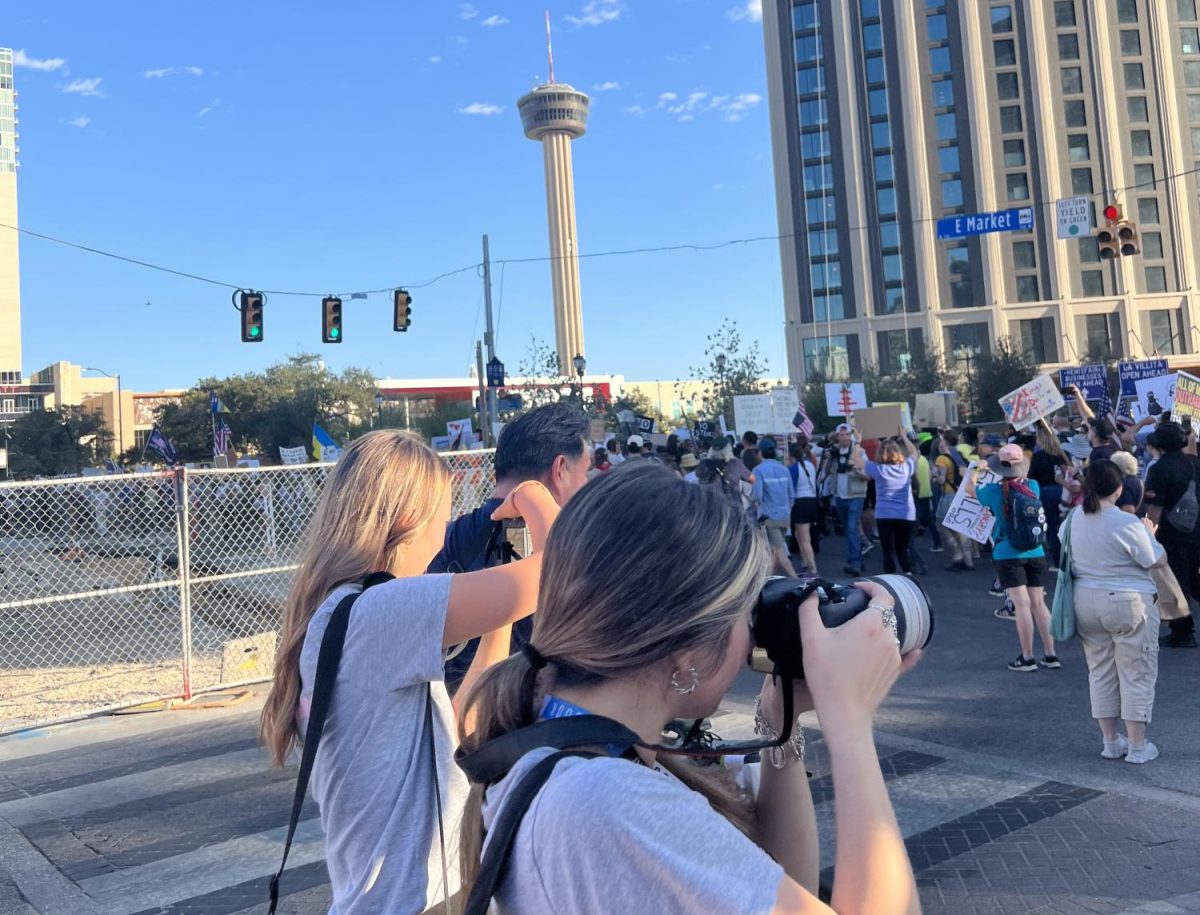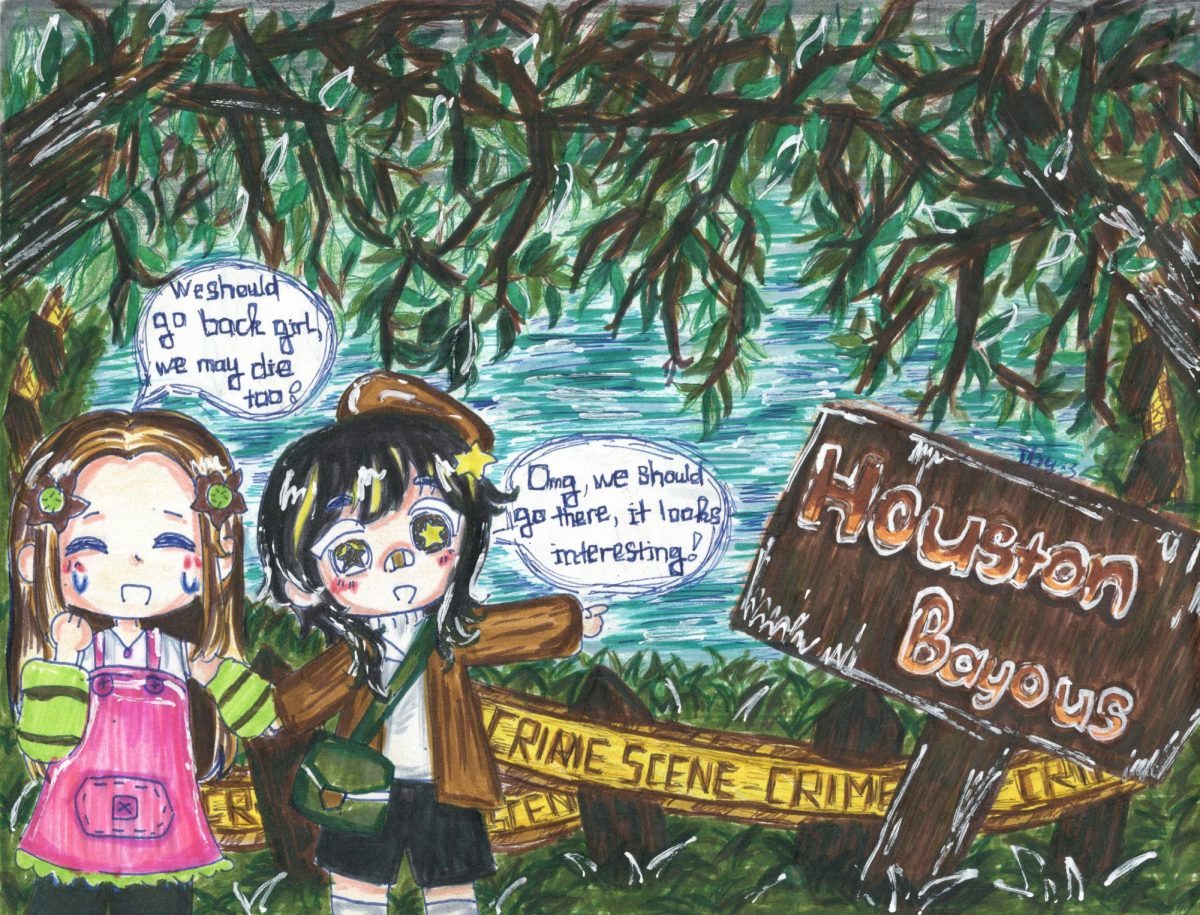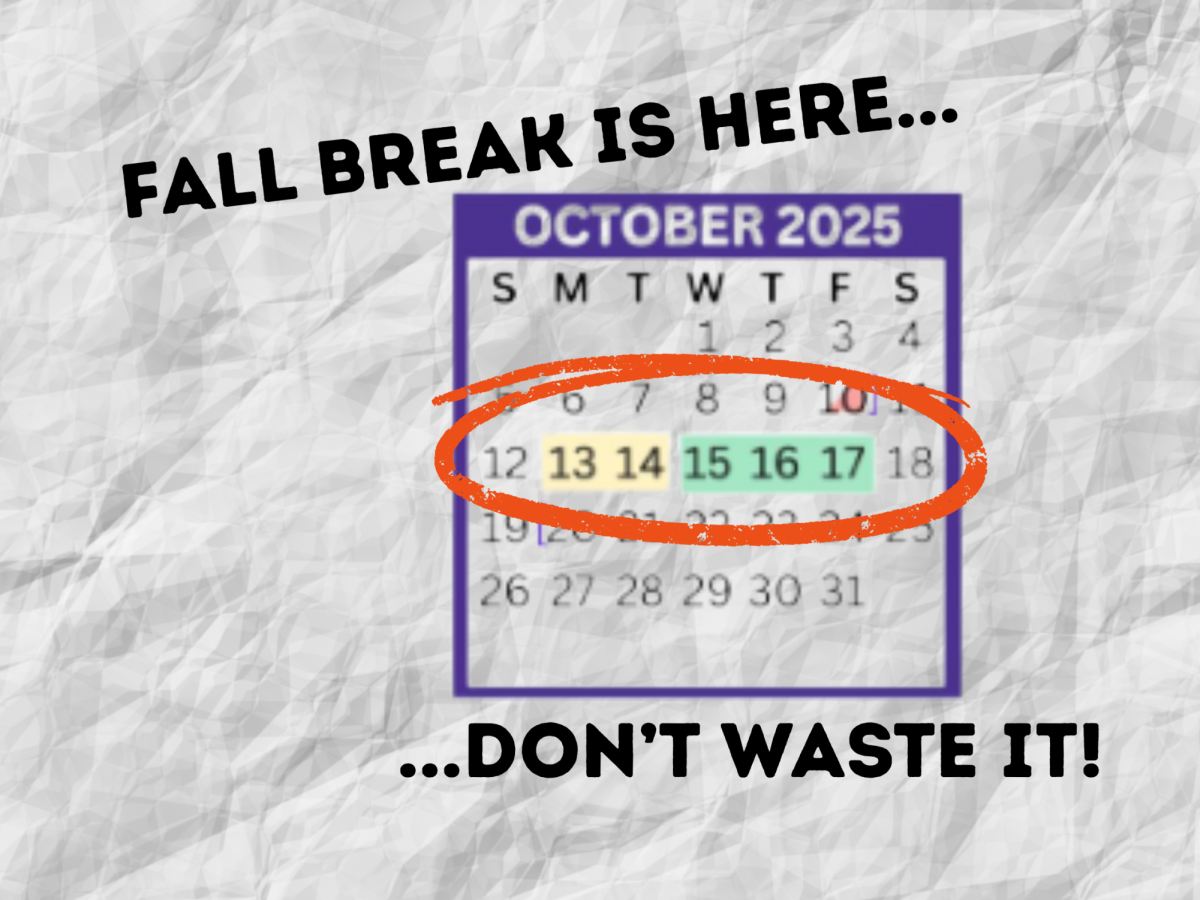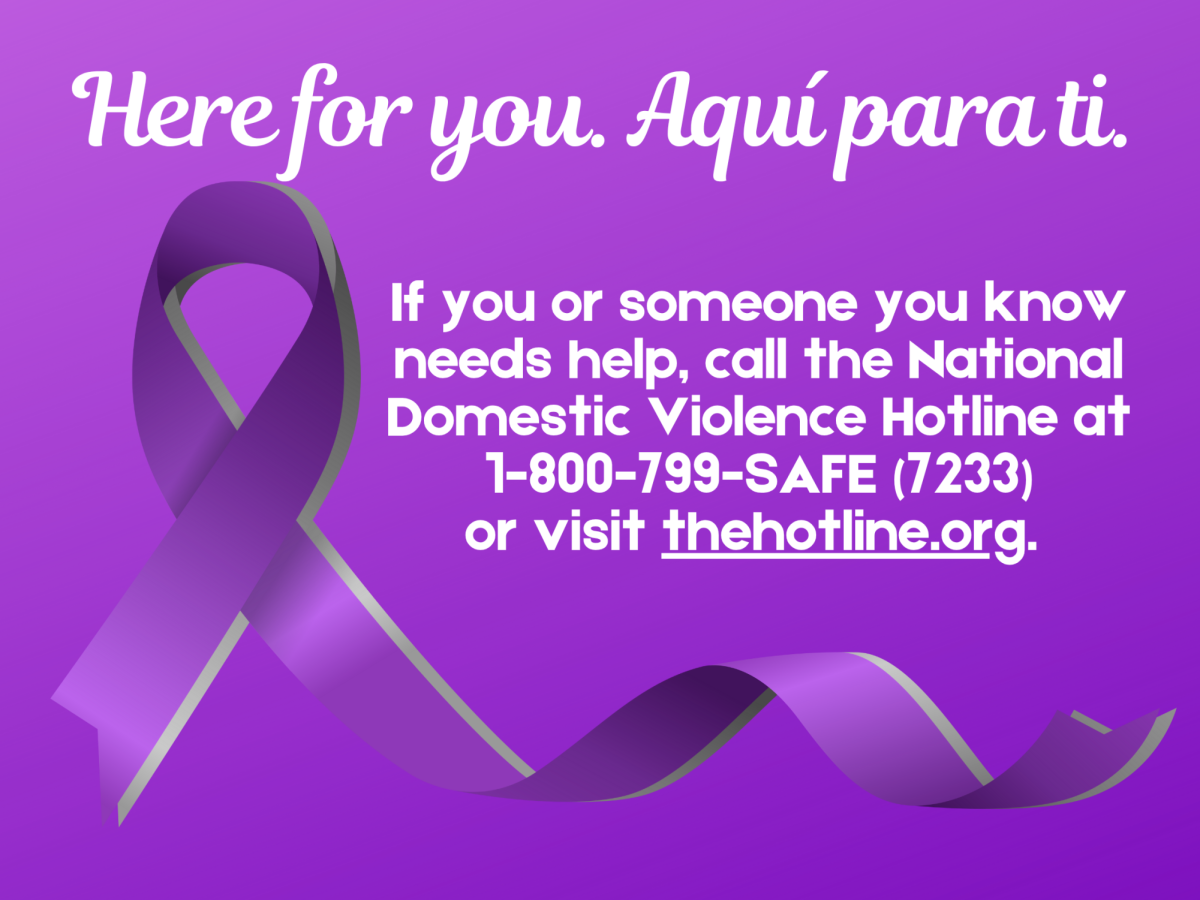Anything can be addictive, it’s not exclusive to hazardous items, it can be a food item, a feeling, a person, or in this case, caffeine. Every human consumes some caffeine; it’s not 100% avoidable, and most people in the modern day practically run on coffee to get through the day. It’s unreasonable to expect people to quit caffeine wholly. It’s found in soda, foods and casual drinks. It can even be in medication. Instead people should look toward healthier sources of caffeine.
Most adults drink around three cups of coffee in a day, so one option for them is to have a caffeinated coffee in the morning and switch it for chicory coffee in the later day cups. Chicory is a coffee ground with 0 mg of caffeine but with a similar taste to the average black coffee; of course, someone could still add cream or sugar to it. Another tasty option is green matcha tea, while mg varies from 35-250 it has many health benefits that sit alongside that high caffeine level. It gives antioxidants like EGCG(epigallocatechin gallate) and has been shown to help with weight loss and prevent type 2 diabetes.
Maybe someone isn’t looking for a drink alternative. Maybe they don’t like tea or coffee, but still need or want a source of caffeine or just similar effects. Foods like oatmeal, peppermint, cinnamon, dark chocolate and even fish can help people get natural energy without some of the side effects brought on by caffeine. Even just finding a way to sprinkle it in throughout the day can help with no need to eat it every day. These options are simply a way to enjoyably get energy throughout the day while still having access to caffeine, just in healthier doses.
Teenagers need much less caffeine than an adult, and to clarify when speaking of adults statistics mean 25+ as that’s when the frontal lobe is fully developed. This doesn’t mean they can’t have any, or shouldn’t. Everyone needs some amount of caffeine or energy generally. Teens can still follow the advice given to adults for alternatives, just in lesser portions to compare, but some options with too little caffeine for adults are perfect for a teenager.
One of the lower caffeine options for teens is gum with caffeine in it. Not all gum has caffeine, but some brands specialize in doing so. A lower caffeine example is Game Gum or V2 Energy Gum which has 20 and 35 mg respectively per piece. This means, as most people can chew on a piece of gum for hours, a teen can continuously have 1 piece a day while still having some lower caffeine drinks or energy-based foods alongside it.
A popular drink option for teens now that people may bring water to school is Vitamin Water. Having the correct amount of vitamins can help one’s energy levels as deficiencies tend to exhaust the brain and body. Other options can be coconut water and milk, it can even be put in a less caffeinated coffee to help keep energy up while still tasting good, and fruit juices or smoothies.
Another option outside of consumables is to drink caffeine, but eat foods that help lower energy levels to combat it, especially toward the end of the day so sleep is still possible. Food as simple as rice can support sleep. Other foods include almonds, turkey, bananas, avocado, pumpkin seeds and any form of warm milk. One question someone may have is how to do that healthily, but it’s best no one worries so much about the form in which to consume it and focus on what works best for them. Examples are having milk-based hot chocolate, preferably non-dark chocolate but milk chocolate, or having a small amount of guacamole around an hour before starting to wind down. Take note it says wind down, not sleep. Winding down can simply mean laying in bed not working on something rather than preparing to sleep.
People often focus a lot on how to get what they need, rather than just aiming to get it. Make it a goal to just get it done in some way, shape or form. The way food or chemicals function does not magically disappear because someone puts it with something considered unhealthy. Healthy is getting what is needed, in a way that is possible, in the correct moderation, and the same applies to caffeine.
Demonizing a product will not stop misuse of it, all it really ends up doing is make people think “This is bad for me and I shouldn’t do this” as they still buy that overpriced and over-caffeinated item. Many PSAs succeed in informing but fail in effecting. The goal should be to offer alternatives that don’t assume they do too much or too little of something like saying, “You simply need to use your phone less and sleep more, then you won’t want caffeine.” because that’s not true.
Everyone needs caffeine, it’s just about finding a form that they can have in decent amounts or combating the effects of after so they can still feel like they have access to it all day without the overuse. When people struggle they need support, confinement and options. Not shame, telling them to simply stop, or blaming something for all their problems. Caffeine is a human need and love, and it’s best to find ways to still happily consume it without major detriment.


